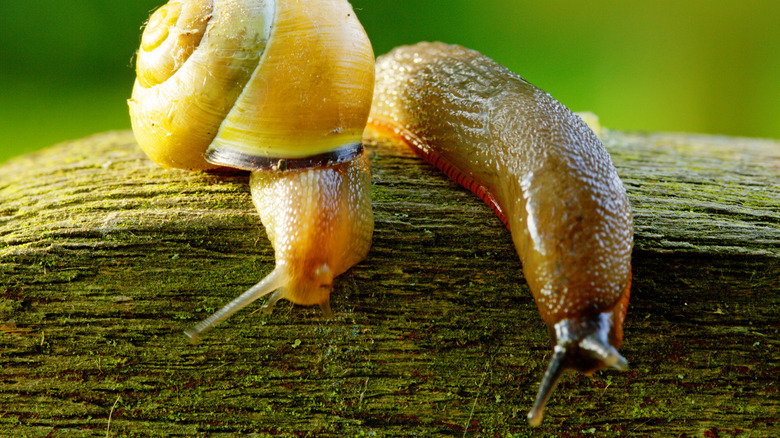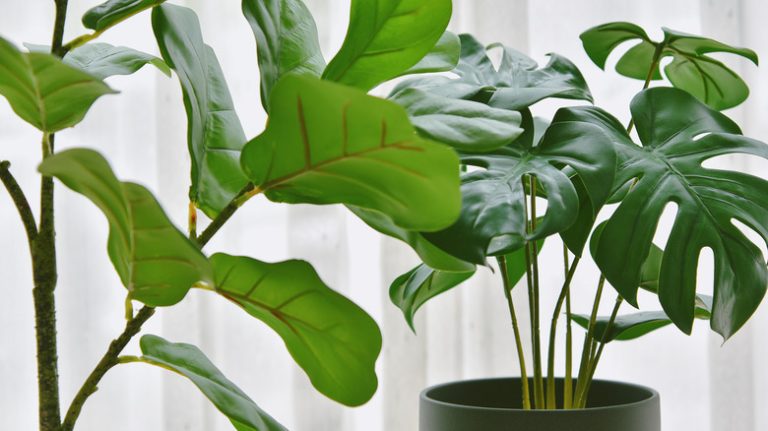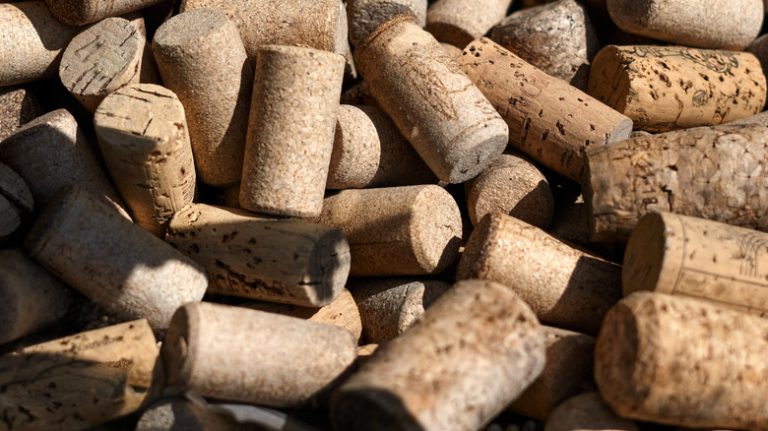Petunias are prized for their resplendent bursts of color that adorn many gardens. Their remarkable versatility and ability to thrive in various settings, whether in garden beds, hanging baskets, or containers, also make them a favorite among gardeners with diverse gardening spaces. However, as devoted gardeners know, the quest for floral perfection often includes impediments — and in the case of petunias, primary adversaries come in the form of snails and slugs. To eradicate these nocturnal pests, we employ several strategies, including manual removal, the introduction of natural predators, and using physical barriers.
Snails and slugs, under the cover of darkness, emerge as insidious threats to your delicate petunias as these nocturnal marauders target seedlings and the plants’ tender leaves, leaving in their wake a slimy trail of devastation evident in the form of irregular holes and jagged edges on once-pristine foliage. Their modus operandi extends beyond mere aesthetic disruption, posing a genuine risk to the overall health of your petunias. The compromised seedlings weaken and die, while the leaves of mature plants become susceptible to diseases, jeopardizing the petunia’s longevity. Identifying these symptoms early is paramount, as it allows you to implement effective eradication strategies against snails and slugs, and preserve the vibrancy of your petunias.
How to eradicate slugs and snails in your petunia garden
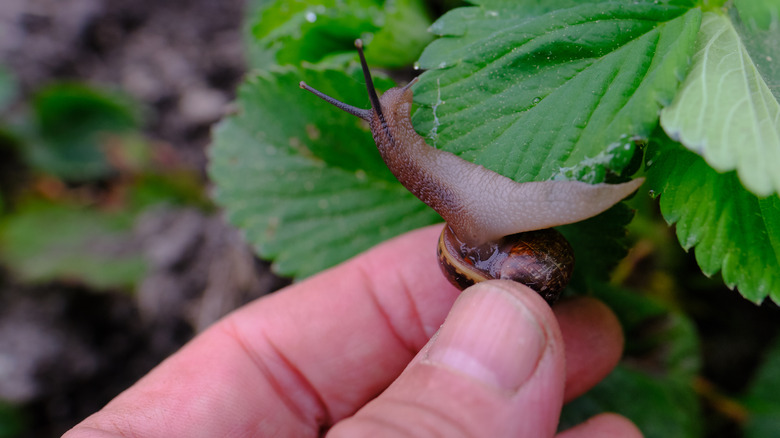
To combat the nocturnal onslaught of slugs and snails on your petunias, you need to adopt a multi-faceted approach. Engage in nightly patrols, armed with a flashlight, to manually remove snails and slugs. This hands-on method is particularly effective, offering immediate relief to your beleaguered petunias. You may need to do this more often until you notice their numbers dwindling. Place the captured snails and slugs in a container with soapy water or rubbing alcohol for their swift demise. If you’re averse to killing them, you may add them to your compost heap where they can feed and help break down organic matter without harming your garden plants.
Introduce natural predators into your garden ecosystem to control slug and snail populations. Ground beetles, known for their penchant for snail and slug eggs, can be enlisted as allies. Cultivate plants (e.g., buckwheat, cilantro and bachelor’s buttons) and grasses that attract ground beetles and other beneficial insects. Birds also love feasting on these intruders, so installing bird feeders and bird baths ensures you keep your feathered friends close by, helping control slug and snail numbers. You can also surround petunias with a thick layer of diatomaceous earth, creating an abrasive and dehydrating terrain that snails and slugs prefer to avoid. You can also use broad strips of copper tape which, when applied around petunia containers, deliver a mild shock to these slimy invaders, discouraging their advances.
Preventive care tips to keep slugs and snails away
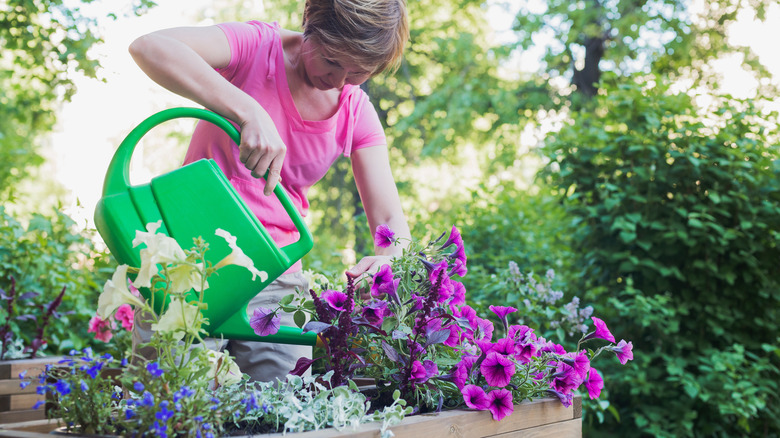
Besides practicing integrated pest management, prevention is the bedrock of a thriving petunia garden. Regularly clear garden debris, as it provides ideal hiding spots for these pests. This means raking up leaves every day, removing rocks, stones, pieces of fallen wood or branches, and other items that slugs and snails can use as cover before venturing out and feasting on your petunias at night. You may also need to consider keeping garden furniture and decor away from your petunia garden as, again, these items can serve as camouflage for slugs and snails.
Exercise caution with watering; snails and slugs love moisture, so oversaturating your garden is sure to attract these pests. One thing you can do to control soil water levels is to water each plant at the base instead of irrigating entire plots. Elevate potted petunias to higher ground, making it more challenging for these ground-dwelling pests to reach their botanical banquet. By incorporating these practical strategies into your petunia gardening practices, you not only eradicate these pests but also fortify your petunia sanctuary against future slug and snail incursions.

